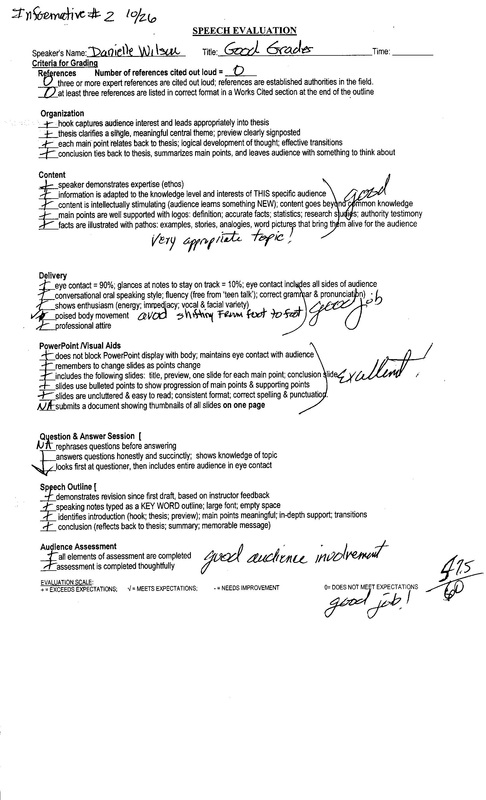
Peer reviewed journals are a subset of scholarly journals and are defined as journals that undergo a review process where other experts (peers) in the field review the work before it is published in the journal.
#Abi inform definition full#
Whether or not any of these are checked by default is also determined by your ProQuest Administrator Module settings.Ĭhecking the Full text limit will restrict your search to only search and retrieve records containing full text from ProQuest.Ĭhecking the Peer reviewed limit will restrict your search to only search and retrieve records that are indexed in peer reviewed journals. The visibility of these limits is determined by your ProQuest Administrator Module settings. Limit to: Full text, Peer reviewed, Scholarly journalsįull text, Peer reviewed, and Scholarly journals are the first limits that appear in the Advanced Search.
#Abi inform definition how to#
Other search fields can also be chosen from the pull-down menu such as abstract, author, document title, and publication title.įor a full listing, description, and examples of how to format a search using field codes indexed in ABI/INFORM, please visit the Searchable Fields section of this guide.Ģ. Anywhere except full text searches the full bibliographic record, but does NOT include a search of the ProQuest full text. Anywhere searches the full bibliographic record (all indexed fields) including the ProQuest full text. When running a search, the search default from the pull-down menu is either set to Anywhere or Anywhere except full text. To search for an exact phrase, use "quotation marks" around your search. Separate terms with OR to find any of the terms. The default is to search for ALL terms entered. Advanced Search Form and Pull-down Menusīoolean, proximity, and field codes are supported. Other problems may include voice, swallowing, walking, balance, and coordination difficulties, as well as changes in the ability to smell and in memory and cognitive (or thinking) skills.Perform a more detailed search using the pull-down menu with supported field codes as well as the limit to section to apply additional limits.ġ.


Because these major speech and language areas often receive damage, communication difficulties frequently occur following closed head injuries. The frontal and temporal lobes of the brain, the major speech and language areas, often receive the most damage in this way because they sit in pockets of the skull that allow more room for the brain to shift and sustain injury. The diffuse damage occurs when the impact of the injury causes the brain to move back and forth against the inside of the bony skull. In addition to focal damage, closed head injuries frequently cause diffuse brain injuries or damage to several other areas of the brain. The focal damage is most often at the point where the head hits an object or where an object, such as a bullet, enters the brain. Most injuries cause focal brain damage, damage confined to a small area of the brain. The physical, behavioral, or mental changes that may result from head trauma depend on the areas of the brain that are injured. Other causes include falls, sports injuries, violent crimes, and child abuse. The major causes of head trauma are motor vehicle accidents. The damage may be caused by the head forcefully hitting an object such as the dashboard of a car (closed head injury) or by something passing through the skull and piercing the brain, as in a gunshot wound (penetrating head injury). Traumatic brain injury is sudden physical damage to the brain. – World Health Organization (Geneva 1996)


These impairments may be temporary or permanent and cause partial or functional disability or psychosocial maladjustment. Damage to the brain, which occurs after birth and is not related to a congenital or a degenerative disease.


 0 kommentar(er)
0 kommentar(er)
